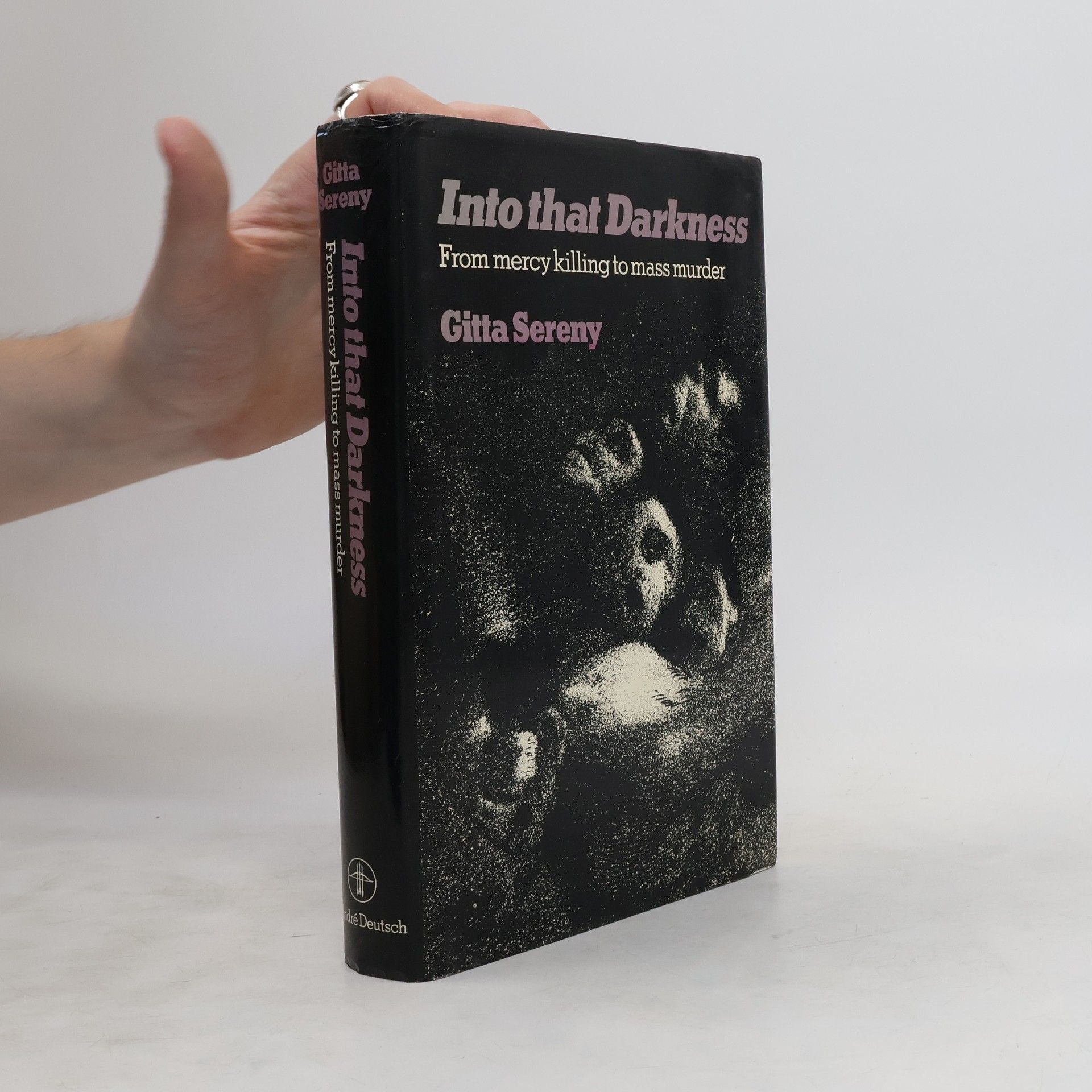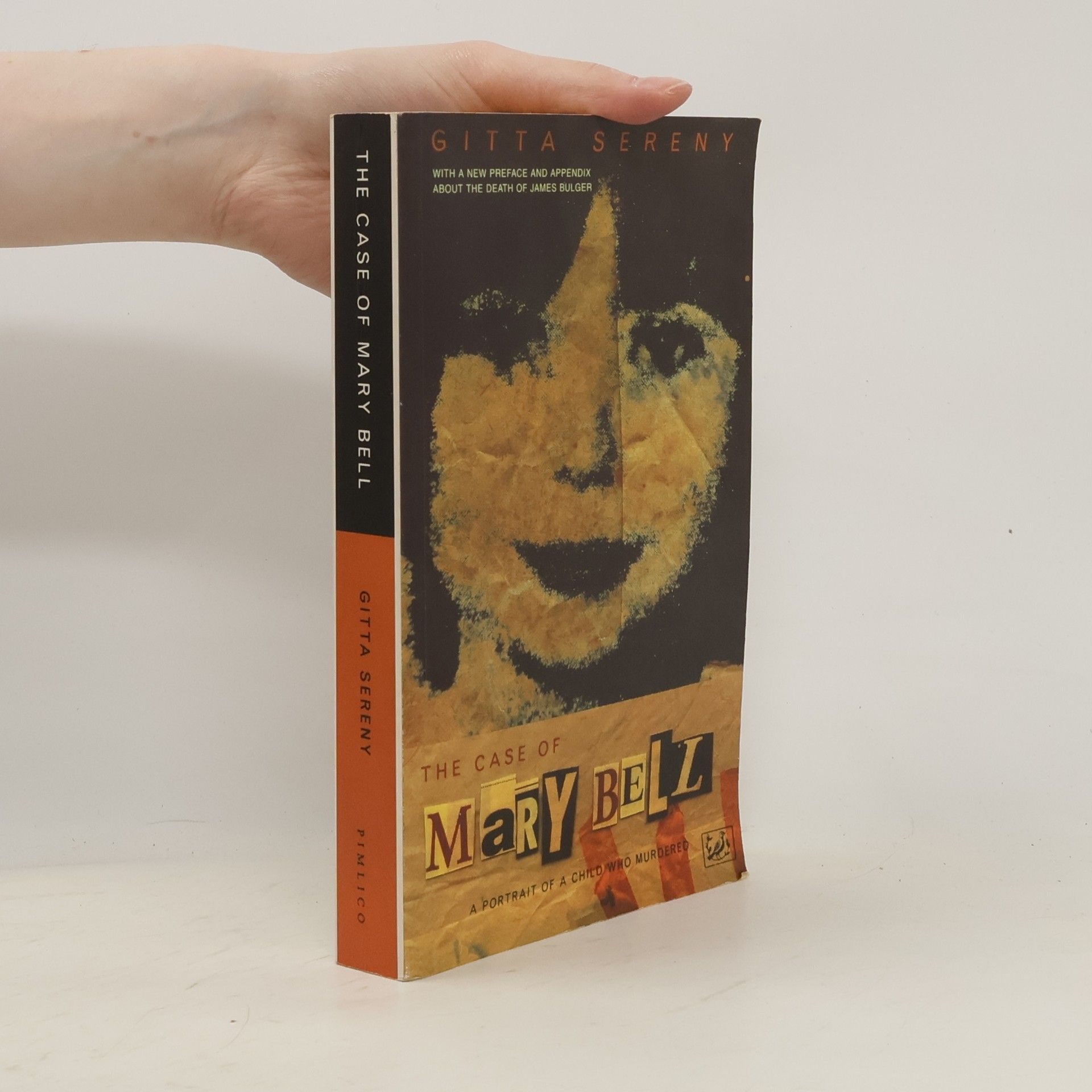Norimberga, 1946: Gitta Sereny assiste dalle tribune del pubblico al processo contro i principali gerarchi nazisti. Tra gli imputati, un uomo giovane, l'unico ad ammettere una responsabilità per le colpe di cui si è macchiato il nazismo, pur sostenendo di non aver saputo nulla della Shoah. Quell'uomo - che il tribunale condannerà a vent'anni di carcere - è Albert Speer, architetto di talento del Terzo Reich, amico e confidente di Hitler. Anni dopo, un singolare legame si instaura tra l'autrice e Speer, che accetta di rispondere alle sue domande e ripercorrere con lei la sua storia, condividendo le sue carte, i suoi ricordi, la sua visione. In una biografia serrata, dietro la quale non smette di agitarsi la domanda fondamentale sul mistero del male e della persecuzione, Gitta Sereny ricostruisce la vicenda politica e umana di un uomo controverso, alla ricerca delle ragioni profonde e contraddittorie del più grande crimine del Novecento.
Gitta Sereny Libri
Gitta Sereny, giornalista, biografa e storica di origine austriaca, divenne rinomata per le sue penetranti esplorazioni sulla natura del male e sul trauma infantile. Le sue stesse prime esperienze con il nazismo nell'Europa centrale dei primi del Novecento modellarono profondamente il suo fascino duraturo per la comprensione degli aspetti più oscuri della natura umana. Attraverso meticolose ricerche e interviste, Sereny si immerse nelle psiche di individui coinvolti in atrocità storiche, da funzionari nazisti a sopravvissuti. Il suo lavoro, caratterizzato da una profonda empatia e da un'incrollabile ricerca della verità, offre agghiaccianti intuizioni su come gli individui possano perpetrare o sopportare atti orribili.







Into that Darkness
From Mercy Killing to Mass Murder
Franz Stangl was a Nazi criminal, a superintendent of the Euthanasia Institute at Schloss Hartheim in 1940-42, and later the Commandant of the Sobibór and Treblinka death camps. He was arrested in Brazil in 1967, and extradited to West Germany, where he was tried and sentenced to life in prison. This book is based on a series of interviews which Sereny conducted with Stangl in the Düsseldorf Remand prison in 1971, as well as interviews with his wife, Theresa, living in Brazil; Stangl's former co-workers in the Euthanasia Program and in the Nazi death camps (e.g. Franz Suchomel); survivors of Sobibór and Treblinka (e.g. Stanislaw Szmajzner, Joseph Siedlecki, and Richard Glazar); external witnesses of events connected with Sobibór and Treblinka (e.g. Franciszek Żabecki); people connected with the escape network provided by the Catholic Church in Rome after the war; and some others. With historical insight, relates the story of Stangl's murderous activities and his escape from Europe with a Red Cross pass provided by the Catholic Church. Inter alia, reflects on Jewish resistance in Treblinka, as well as on the attitude of the Catholic Church which, during the war, almost condoned Nazi crimes and after the war helped Nazi criminals flee from just punishment. (From the Bibliography of the Vidal Sassoon International Center for the Study of Antisemitism)
Cries Unheard
- 448pagine
- 16 ore di lettura
Gitta Sereny pieces together the fractured life of Mary Bell, convicted of manslaughter when she was only eleven years old.
Based on seventy hours of interviews with Franz Stangl, commandant of Treblinka (the largest of the Nazi extermination camps), Sereny's book bares the soul of a man who continually found ways to rationalize his role in Hitler's final solution.
The healing wound
- 320pagine
- 12 ore di lettura
Looks at the effects of Nazism and the Holocaust on present-day Germany and its people.
The German trauma
- 352pagine
- 13 ore di lettura
Machine generated contents note: I Beginnings I -- 2 My Friend, a Heroine of France I 5 -- 3 Stolen Children z5 -- 4 Generation without a Past 53 -- 5 Colloquy with a Conscience 87 -- 6 Men Who Whitewash Hitler 135 -- 7 The Hitler Wave 147 -- 8 Fakes and Hoaxes: The Hitler Diaries 162 -- 9 The Great Globocnik Hunt 194 -- 10 Private Lives 216 -- 11 The Three Sins of Syberberg 220 -- 12 'The Truth Is, I Loved Hitler' 227 -- 13 Leni 234 -- 14 Kurt Waldheim's Mental Block 247 -- 15 The Man Who Said 'No' 262 -- 16 Albert Speer 266 -- 17 Children of the Reich 286 -- 18 The Case of John Demjanjuk 309 -- 19 The Right to Say 'No' 358 -- 20 Final Reflections: July 2000 36
The Case Of Mary Bell
- 336pagine
- 12 ore di lettura
In December 1968 two girls who lived next door to each other - Mary, aged eleven, and Norma, thirteen - stood before a criminal court in Newcastle, accused of strangling two little boys;
Im Mittelpunkt steht Albert Speer, Architekt Hitlers und später als Rüstungsminister zweitmächtigster Mann im Staat. Im Nürnberger Kriegsverbrecherprozess nahm er die Verantwortung für die Taten des Hitler-Regimes auf sich, konnte aber die Wahrheit, wie stark er sich persönlich in diese Verbrechen verstrickt hatte, noch nicht erkennen. Dies gelang ihm nach langen Gesprächen mit der Autorin, die hier das Psychogramm eines Mannes aufzeichnet, der – ehrgeizig und blauäugig gleichermaßen – einen Pakt mit dem Teufel schloss. Sereny schildert, wie ein junger Mann aus vornehmem Hause, ein brillanter Kopf ohne politische Ambitionen, in den Bann des „Führers“ gerät und nach und nach immer bedeutendere Aufgaben im Reich übernimmt, ohne die Tragweite seines Handelns zu begreifen. Speer sollte sich zeit seines Lebens nicht aus der Konfrontation mit dem Geschehenen entlassen sehen. Indem Gitta Sereny Albert Speers komplexen Charakter sezierte, hat sie zugleich das tiefgründigste Buch über Hitler und das Abgründige des Nazigedankengutes geschrieben.



